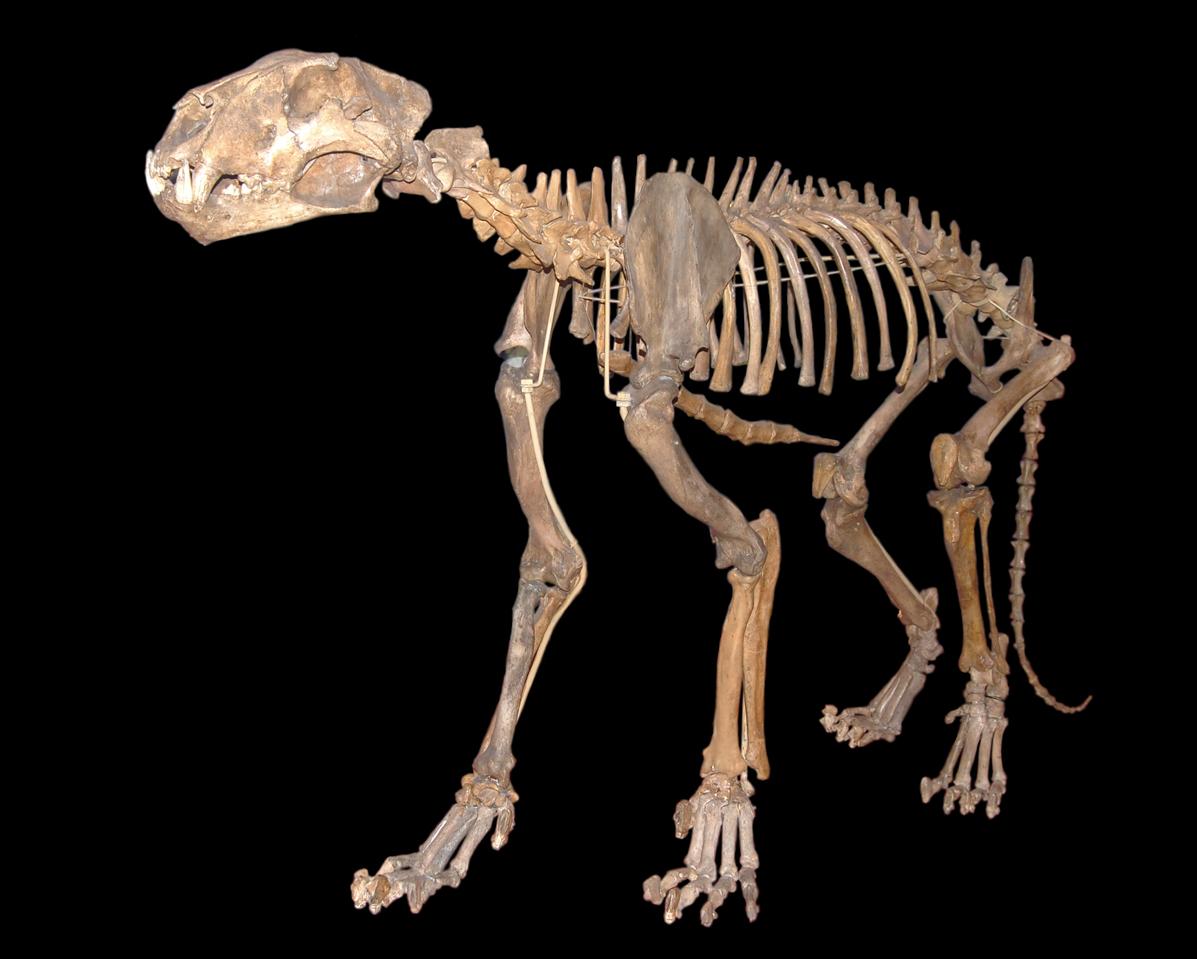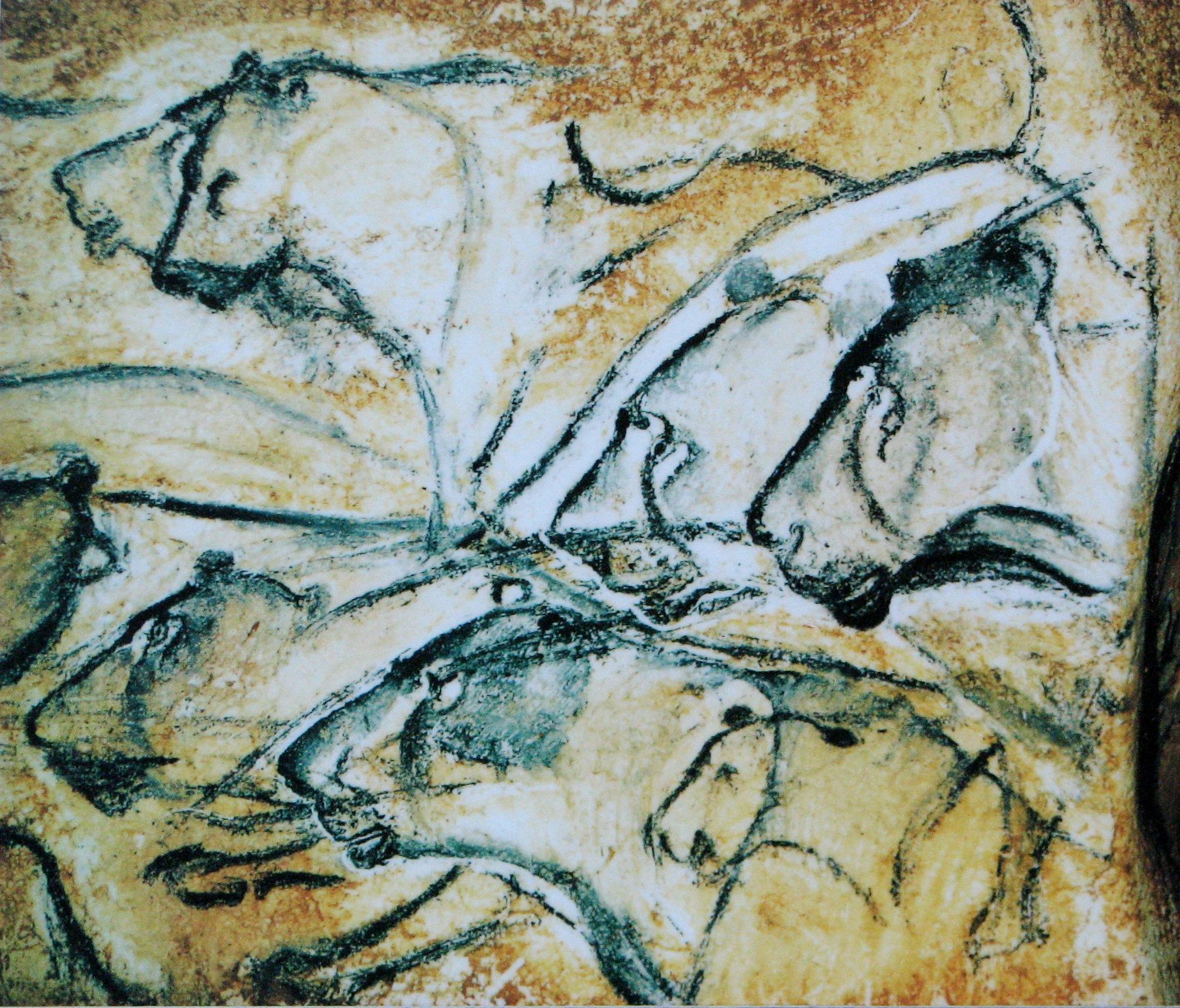World's biggest lion species may have been hunted to extinction by Stone Age humans to make rugs
Fossilized cave lion toes showed signs of being worked by stone tools in way that suggests the animals were important to early human rituals

Your support helps us to tell the story
From reproductive rights to climate change to Big Tech, The Independent is on the ground when the story is developing. Whether it's investigating the financials of Elon Musk's pro-Trump PAC or producing our latest documentary, 'The A Word', which shines a light on the American women fighting for reproductive rights, we know how important it is to parse out the facts from the messaging.
At such a critical moment in US history, we need reporters on the ground. Your donation allows us to keep sending journalists to speak to both sides of the story.
The Independent is trusted by Americans across the entire political spectrum. And unlike many other quality news outlets, we choose not to lock Americans out of our reporting and analysis with paywalls. We believe quality journalism should be available to everyone, paid for by those who can afford it.
Your support makes all the difference.Stone Age humans may have hunted what is believed to have been the largest species of lion ever to have walked the Earth to extinction — so they could use their pelts to make rugs.
The cave lion would have been a fearsome creature, growing up to 3.5 metres (about 11.5 feet) long, but the species died out about 10,000 years ago.
The reasons why are unclear, but a new study suggests that humans may have been at least partly responsible.
Researchers analysed nine fossilised lion toe bones that had been found in a cave at La Garma in northern Spain.
They discovered that most of the bones showed signs of having been modified by stone tools.
And the way this had been done was similar to a technique used by modern hunters when they skin an animal but want to keep the claws attached to the fur pelt.
The cave is believed to have been a place where human rituals were carried out and it is thought the cave lion skin may have been used to line the floor.

Writing in the PLOS One journal, the researchers, led by Marián Cueto from Cantabria University, suggested the nine toes were all from one cave lion.
“If we assume that a unique cave lion is represented, the fur could have had a function related to covering the floor or the structure due to its spatial distribution,” they said.
“The hypothesis of the presence of a single lion would suggest a sporadic, isolated and rare event of large carnivore hunting (although other scenarios cannot be excluded, like scavenging).
“However, the well-defined pattern inferred from the locations of the cut-marks and scraping traces permits us to infer an experienced procedure and a high knowledge of animal anatomy.”
Linking the cave lion skin to a ritual cave site “allows us to infer a probably important role of the cave lion during the Magdalenian period [about 17,000 to 12,000 years ago] among human groups”, the researchers wrote.
“Upper Paleolithic [Stone Age] graphic expression clearly places lions in a prominent hierarchic position in the early humans’ symbolic world, giving this animal an important role in human culture as a motif.
“Modern ethnographic sources also connect lions with symbolic beliefs, especially through manhood rituals and prestige hunting activities.
“This mythification of dangerous prey could explain the evidence in the Upper Paleolithic cave of lion hunting and pelt exploitation … as it could have been motivated by ideological considerations that justify its presence in a context interpreted as the practice of ritual activities.”
The need to hunt and kill cave lions for religious reasons may have added to the animal’s other problems, such as changes in the weather as the world emerged from an Ice Age, a fall in the number of its prey and competition from more efficient predators.
“Although these remains are not sufficient to allow conclusive statements to be made, they sum the data to highlight the role of human activity in the extinction of carnivores … in addition to other factors such as climate change, prey numbers or species replacement,” the researchers wrote.
Join our commenting forum
Join thought-provoking conversations, follow other Independent readers and see their replies
Comments